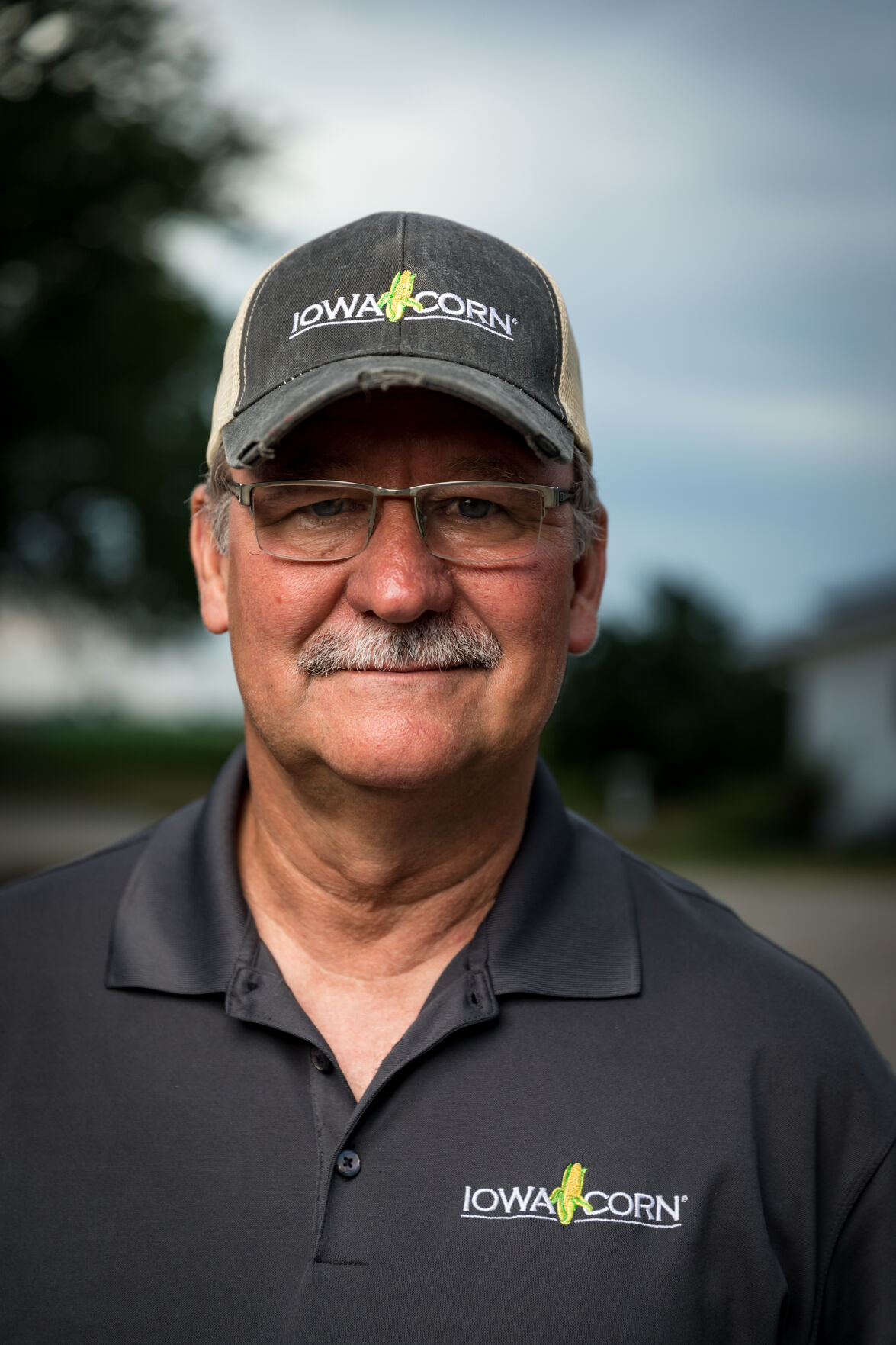Despite early season challenges, Iowa farmer says harvest turned out well

With 39 years of experience under his belt Kelly Nieuwenhuis has learned that oftentimes each growing season has unique challenges and the 2021 harvest was no different.
He farms in O’Brien County in northwest Iowa with his with his two brothers. They have about 2,700 acres of corn and soybeans. He also has a Channel Seed business and is a part owner of hog facility that finishes to feed about 10,000 pigs. His brothers also have a trucking business.
Kelly Nieuwenhuis is president of Iowa Corn Promotion Board and active in several state and national organizations and has been a longtime advocate of ethanol and renewable fuels. The farm operation yielded about 75 bushels per acre on soybeans and the entire farm averaged 240 bushels per acre on corn.
“We had a really good harvest. We were in the extreme drought area for a lot of the early growing season,” he said. “Our crops looked like they were really struggling but then we got some late August rains and I had the best soybean crop I ever produced in 39 years of farming.
“Corn wasn’t the best we ever raised but it wasn’t far from it,” Nieuwenhuis said. “We were pretty excited about our production and how everything harvested. We basically had good standing corn and conditions were nice. The corn dried down pretty well. We did have to dry some but not a lot.”
He was able to pick the corn with a moisture range of 16% to 17% moisture.
He plans to plant some cereal rye as a cover crop and will do some experimentation with some side-by-side comparisons. Where he was planning to do the cover crop Nieuwenhuis was fortunate to harvest his past corn crop in September. He then seeded the cereal rye and Mother Nature provided a good rainfall.
He will terminate the cover crop when it gets to be about 8 to 10 inches tall in the spring and plant no-till soybeans In another side-by-side field he will use a one-pass vertical tillage technique in the spring.
Out of 2,700 acres he has tilled about 200 acres in the fall because of the need for leveling and one field is going to be back to corn. He likes to use tillage when it makes sense.
“We do like to do a little bit of tillage on the corn-on-corn,” Nieuwenhuis said, adding that on Nov. 19 he was waiting to finish a field because of lime application.
For next year the farm will continue to use urea as a nitrogen source.
“We always spring apply. We haven’t done anything with that yet. We have used a nitrogen stabilizer with our urea for several years.”
He did some limited application of phosphorus and potassium this fall but most of his soils are in good condition in terms of fertility, he said.
“Because of high cost of fertilizer we are backing off on applying P&K this fall,” Nieuwenhuis said.
The operation will continue to focus on micronutrients. “We like to apply some sulfur, zinc and boron and a few other micronutrients, but we only want to apply enough during the growing season of that year because it is not something that is very stable. If you overapply it leaches. We are taking a one year at a time approach for micronutrients.”
Next year he plans to do use more biological applications into split fields. The idea is to take more of the existing micronutrients in the soil and make them more available for the plants, Nieuwenhuis said. He is about the cost of nitrogen but there are good commodity prices, too, to help weather the economic storm.
“It is pretty much all across the board. There doesn’t seem to be anything that isn’t getting more expensive,” he said. “The inflation story is the scary part. We are not going to panic. Hopefully they’ll figure out something and slow down this inflation.”
He plans to keep a similar corn-to-soybean with more of the weighting toward corn. One change will very little corn-on-corn. At one time he had 800 acres using the corn-on-corn technique but in 2022 the operation he expects to only have 80 acres.
“We are still going to have a few corn acres then soybean acres with our rotation because that works out for us.”
Like many farmers he plans to look into ways that nitrogen can be applied more strategically not only to save expenses but to make it more efficient for the intended crop.
“I’m all for trying new ideas but it also has to be economical,” he said.
Dave Bergmeier can be reached at 620-227-1822 or [email protected].


